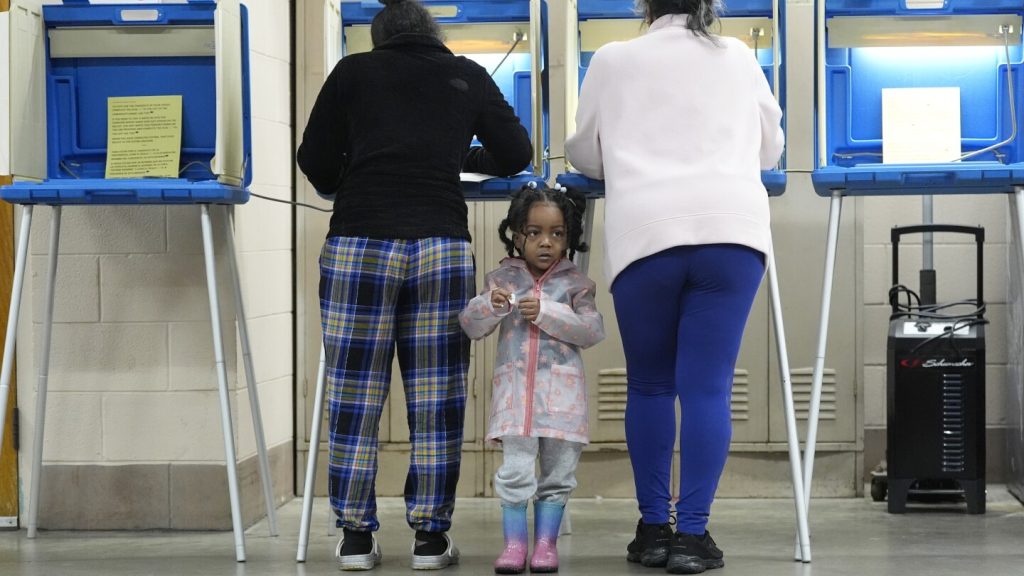In a recent development in Wisconsin, voters approved two constitutional amendments that limit how state elections are run and funded. The measures, supported by Republicans, passed despite being in largely Democratic-leaning areas of the state. The first measure, Question 2, which limits who can serve as election officials, received 56% of the vote, while the second measure, Question 1, which bars the use of private donations in state elections, received about 52% of the vote. The outcomes were determined based on initial vote results from a select number of counties in the state.
The results of the measures reflected the overall partisan split in the state, with traditionally Republican-voting areas supporting the amendments and Democratic areas opposing them. While Republicans in the state legislature backed the measures, Democrats were against them. Interestingly, the “Yes” vote for both measures outperformed former President Donald Trump’s 2020 results in every county that had reported votes at the time of the call, including Democratic-leaning areas.
Supporters of the measures were leading in counties that President Joe Biden carried in 2020 with varying margins, ranging from 50% to 70% of the vote. The “No” votes would have needed to follow a similar path to Biden’s 2020 electoral success in order to defeat the measures. However, at the time of the call, supporters of Question 1 were ahead in five of the seven Biden counties that had reported results, while opponents were trailing behind Biden’s performance in Milwaukee and Dane counties.
The measures faced opposition in Democratic-friendly areas, but supporters managed to make significant inroads. Despite the usual partisan split, the outcomes showed that the amendments had broad support across different parts of the state. Question 2, with a larger statewide margin, led in counties that Biden carried with between 50% and 70% of the vote, indicating a broader base of support for the measure.
Ultimately, the approval of these constitutional amendments marks a significant development in how state elections will be conducted and funded in Wisconsin. The support received by the measures in both Republican and Democratic-leaning areas showcases a level of bipartisan agreement on these issues. The implications of these amendments on future elections in the state remain to be seen, but the results suggest a shift in how elections will be run and paid for in Wisconsin.


